The Ultimate Clothing Knowledge Resource – Everything You Need to Know
Published On: April 3, 2025 By: chen hui
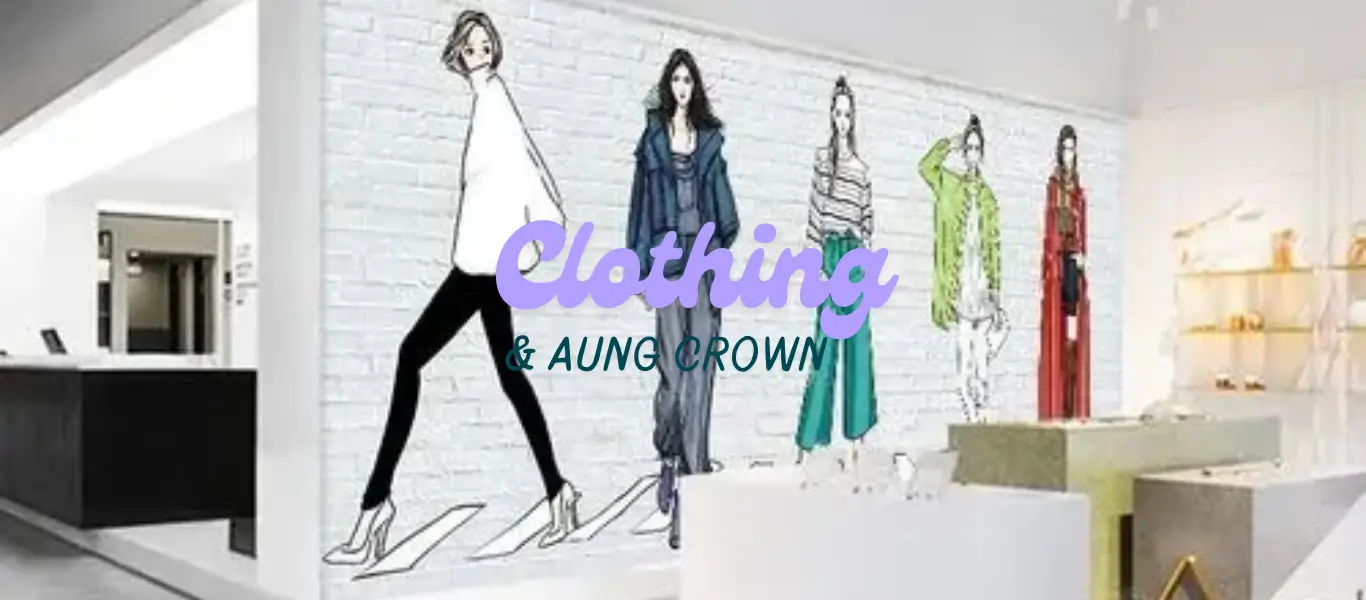
Clothing is not only a piece that can keep warmth, but also a symbol that integrates art, culture, history, and trend. From the selection of fabrics to whimsy designs, even to the styling, each step conceals countless knowledge and mysteries. Here, we – Aung Crown, a reliable custom clothing manufacturer in China, will introduce clothing knowledge – everything you need to know for all.
1. Types of Clothing
Tops

Usually, tops mean the clothing for the upper body, including crop tops, tank tops, pelum, tube tops, tunic tops, blouses, crop shoulder tops, one shoulder tops, off shoulder tops, wrap tops, cape tops, Kaftans, cami tops, T-shirts, dress shirts, camisoles, halterneck tops, blouson tops, bodysuits, choker tops, corset tops, fashion layered tops, maxi tops, and high low. Varies in style and is suitable for various occasions and seasons.
Pants
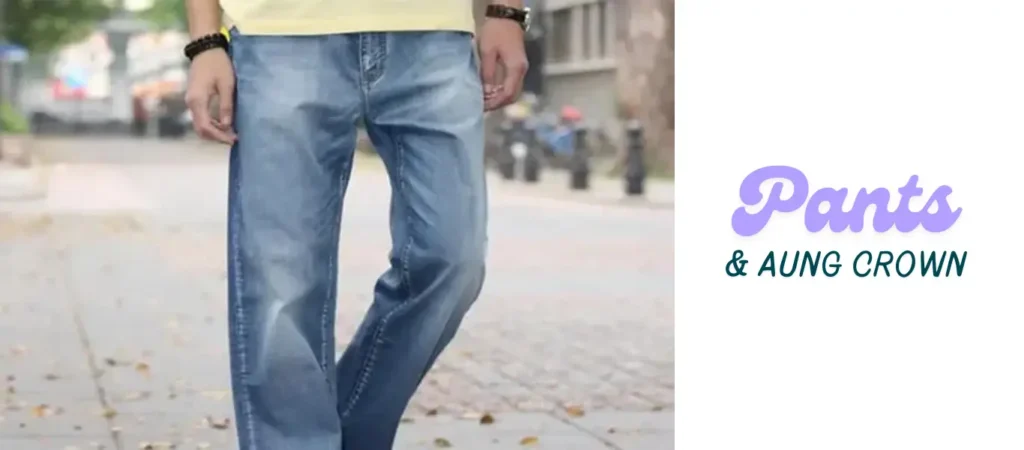
Opposite to tops, pants mean the clothing for the bottom, including jeans, cargo pants, chino cloth, corduroy pants, joggers, leggings, capri pants, sirwal, pleated pants, culottes, dress pants, lounge pants, palazzo pants, bootcut, jeans wide leg, sweatpants, bell bottoms, drawstring pants, high rise pants, jumpsuits, khaki pants, linen pants, skimmy, etc. The breathability, elastance of fabrics, and tailoring affect the comfort of wearing.
Intimate Clothes/Underwear

Intimate clothes means the clothes that wear at the inner and close to the skin directly. Namely including all types of underwear: bras, babydolls, corsets, bralettes, camisoles, lingeries, panties, thongs, bodysuits, bustiers, briefs, Bustiers, shapewear, basque, Brazilian briefs, gowns, knickers, longewear, etc.
Dress

A dress is one-piece clothes that can cover the hip and extends down to thigh, typically worn by females. Differing in style, fabric, and length – from short and casual sundresses to elegant floor-length evening gowns. Here are they: maxi dress, wrap dress, shift dress, A-line dress, bodycon dress, cocktail dress, shirtdress, midi dress, miniskirt, sheath dress, slip dress, asymmetric dress, halter dress, off-the-shoulder dress, strapless dress, wedding dress, body doll dress, ball gown, blazer dress, empire dress, evening dress, sundress, sweater dress, and more.
Special Outfits
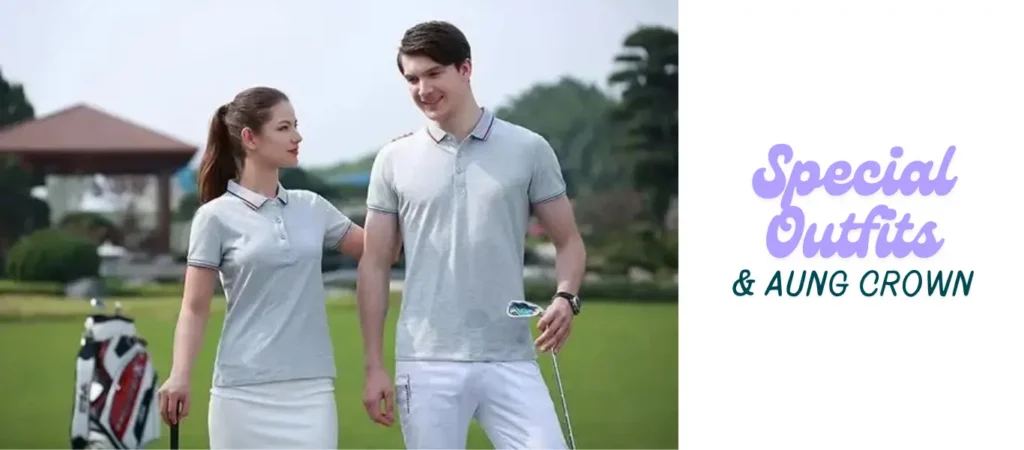
Special outfits are any article of clothing for special occasions or events, including sportswear, swimsuits, party dresses, mountaineering clothes, rain jackets, wedding dresses, uniforms, hosting outfits, etc.
2. Shapes of Garments
Garment shapes refer to basic silhouettes or overall outlines, which is a basic contour of a garment. Here are the basic garment shapes.
Slim Shape
The meaning of slim garments is close-fitting contoured pieces that can emphasize body lines and shape, enhancing breasts, waistline to make the whole look slender and straight.
Slim garments are one of the most charming clothing in modern fashion, which can show feminine body curves with confidence and elegance by its accurate tailoring and close-fitting design. No matter whether it’s a business suit or daily slim jeans, both of them can make the wearer look slim visually and can easily elevate the whole temperament. At the same time, slim outfits can provide unlimited possibility for simple designs, making them must-have for urban men’s and women’s wardrobes.

Loose Shape
Loose outfits, namely what it means, emphasizing the loose design of outfits. Features of loose outfits are quite large in size and not close-fitting at all, which can provide more space. It’s much more comfortable and free to wear loose outfits and it’s suitable for daily and casual occasions.
In recent years, loose outfits have become the hot trend in fashion, favoring and popularizing by cozy and free designs. In general, loose outfits have wider tailoring and smooth lines to break through the bondage that conventional clothing brings to the body. Loose outfits emphasize the freedom and personal expression of dressing. The best part of loose outfits is their great inclusive feature. No matter what body shape you have, you can present your styling skills with loose outfits at ease.
In general, loose outfits are made from soft and breathable fabrics to improve comfort. At the same time, there are many choices to integrate while designing, such as simple plain color, vintage patterns or modern patchwork. All these make loose outfits suitable for various occasions from daily wear to work places and casual senses. Loose outfits are not only a choice of fashion, but also a much cozier and personalized lifestyle and attitude.
Straight Shape
Generally speaking, a straight shape means the item falls straightly without bending or curves. Therefore, straight-shaped outfits are basically straight in lines without emphasizing body curves too much and are still loose in design.
Straight-shaped outfits are favored for their simple, smooth lines and neat designs, which can enhance the height of the body with competence and elegance. Therefore, straight-shaped outfits are suitable for various occasions, from daily commutes to formal occasions. The highlighting spot of straight-shaped outfits is fashionable yet versatile; no matter whether pairing it with pants or dresses, it’s easy to create a slick look. Although straight-shaped outfits don’t emphasize body curves, their simple designs provide more possibilities in styling possibilities, which are suitable for fashionistas who pursue low-key and cozy fashion.

A-Line Shape
A-lined outfits gradually become wider from the top to the bottom. The narrow top and wide bottom look A-shaped. That’s why they are called A-line outfits and are usually applied to female clothing like dresses, dress suits, skirts, etc.
Famous for their narrow top and wide bottom, A-line outfits ingeniously utilize body shapes and show a great balance between elegance and movements. A-line design is usually used for dresses, skirts, and long coats by pulling the shoulder or waist line back to create a slim visual. At the same time, the exaggerated hem can cover hip lines and plumb legs, which can make the whole look slim. The spot of A-line outfits is strongly inclusive, which is suitable for various body shapes and can easily handle different dressing needs. A-line outfits can give the wearer a confident and elegant temperament and easily add a relaxed and buoyant flair to the whole look no matter for what occasions.
Flowy
Flowy clothing is lightweight and floaty, emphasizing the floaty sense and gentle appearance in movement, which is often used for dresses, skirts, shirts, etc.
Renowned for its lightweight and smooth designs, flowy clothing presents a pretty sense of romance and freedom. Generally made from soft, thin fabrics like chiffon, silk or yarns, flowy clothing shows its moving enough effect by loose tailoring and natural dropping lines. The highlighting spot of flowy clothing is its flexibility and inclusion that can fit various body shapes and show elegance in movements. No matter whether it’s a long dress, a loose cover-up or a piece with ruffles or fringes, flowy outfits can add a relaxed and romantic temperament to the whole look.
Not only suitable for daily wear, but also can be an attractive choice for holidays or special occasions, flowy garments can ingeniously annotate the combination of comfort and fashion.
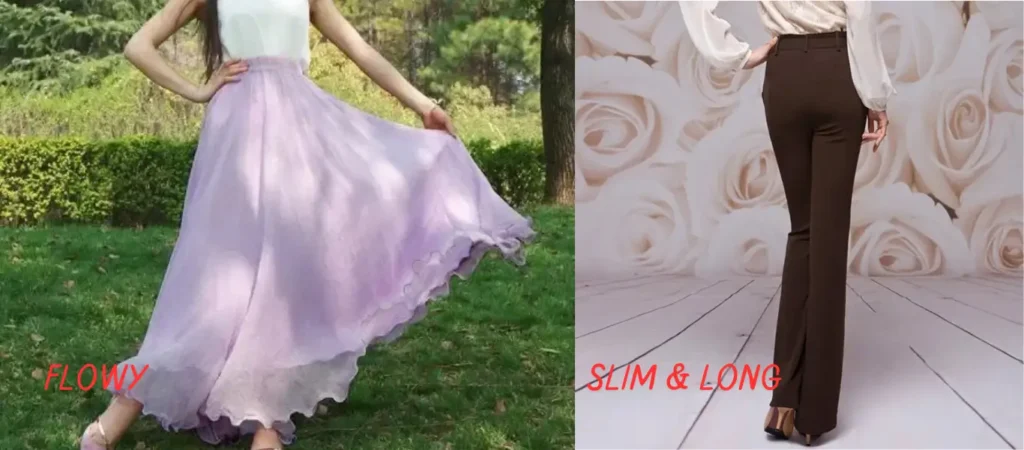
Slim & Long
Slim and long clothing is lengthened in length and proportion to create a long and tall effect. Usually, slim, long clothing will extend body lines by emphasizing vertical vision, and it’s often used to design long pants, skirts, evening dresses, etc.
Slim, long clothing is favored by its vertically lengthened and slick line designs. Moreover, slim and long clothing can lengthen the body proportion visually to show elegant and competent temperament by acutely tailoring and simple designs. The highlighting of slim and long clothing is the great application. No matter whether you’re petite or tall, you can easily adjust the waistline or tailored details to look slim and tall.
Besides that, slim and long clothing is usually made from premium fabrics to ensure comfort and elevate a sense of high fashion for the whole look. Not only suitable for business occasions, but also can be worn in daily wear, becoming a fashionable yet versatile piece.
Tight
Tight clothing is tight-fitting outfits to enhance body curves like waistline, breast, and hipline, therefore, the tight design is often applied to swimsuits, sportswear, leggings, pantyhose, and tight pants to show the body curve.
Great famous for their tight-fitting design, tight outfits show the great curved body with confident and sexy temperaments. Usually, tight outfits are made from elastic fabrics like Lycra, knitting fabrics, or elastance. By accurately tailoring and three-dimensional design, tight clothing can keep the great shape no matter whether it’s moving or static. The shaping effect is the most highlighting spot of tight clothing, which can improve body proportion visually and can be suitable for various occasions, from daily wear to party dresses.
Tight outfits are generally blended with contemporary elements like patchwork, hollow, or metal ornaments, which can add a sense of fashion to the whole. Not only a choice of fashion but also an expression of confidence and personality.

Casual
Casual clothing basically considers comfort and freedom while wearing; therefore, casual clothing is pretty loose in shape and it’s suitable for daily wear, leisure, and relaxed occasions. It’s not picky about groups, suitable for different people, particularly for those who are in pursuit of casualness, relaxation, and fashion.
Casual clothing is suitable for daily wear and presents a personality and a sense of fashion by emphasizing its comfort and leisure. Casual clothing generally adopts loose tailoring because it can give more space for moving, and is often made of soft, breathable fabrics like cotton, linen, or knitting fabric to improve comfort. Diversity in style is the highlighting spot, and casual clothing can be integrated with streetwear, sports, or simple designs to make it fit different occasions. Moreover, no matter whether it’s layering or mix-styling, wearing single, casual clothing can easily show a unique personal style.
3. Crafts for Clothing
There are various crafts for clothing and the below are some common crafts.
Tailoring
Tailoring means to tailor cloth into different pieces by designers’ needs and then it’s convenient to sew them together into one whole piece of outfit. Usually, before tailoring, it needs to be measured, marked, and tidy the cloth.

Embroidery
Embroidery is a craft that uses thread stabbed across cloth by needles to form patterns, letters, or decorative designs by machines or men. Here, ” stabbing” means using needles to stab the cloth and “embroidery” means embroider on cloth.
Printing
Printing means to transfer patterns, decorative designs, or letters on apparel by printing technology that can transfer the relative color and inks on apparel. After dried and fixed treatments, it can ensure that patterns won’t fade.

Hot Stamping
Hot stamping is a craft that transfers gold foil on apparel at high temperatures to form metal patterns, which can enhance splendid sense and visual attractions – making apparel more sophisticated.
Knitting
Knitting is also used needle to knit and it can be done by hands or machines. Sweaters, socks, scarves, and sweatshirts, all can be made by knitting. Usually, knitting apparel has good elasticity and comfort.
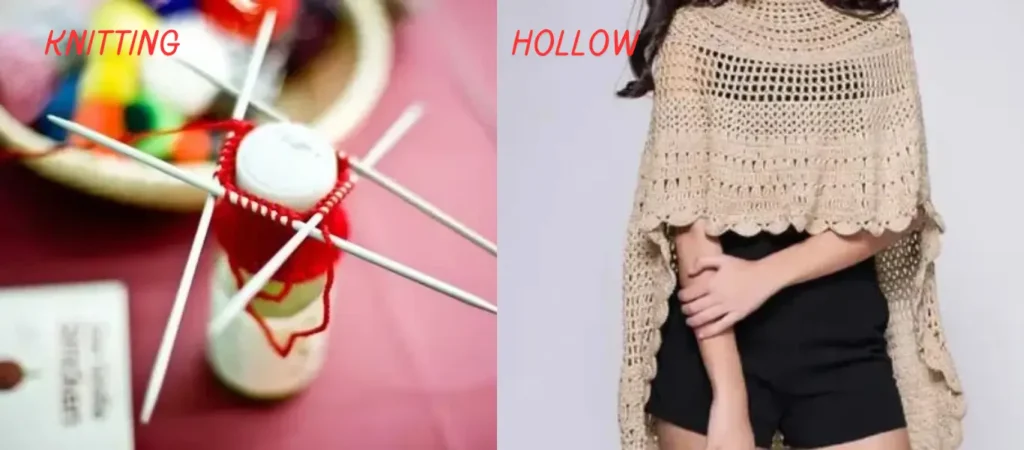
Hollow
Hollow design means tailoring a part of the fabric on surface to create a crack, transparent or breathable patterns. In general, hollow design is used more on furniture or architecture to enhance the three-dimensional sense and visual attraction.
4. Related Terms for Clothing
1. Blouses

Blouses are a type of tops that suitable for both women and man, which are close wear by people with collars and sleeves. Usually, blouses are button-down designs with long or short sleeves and a collar (most are long sleeves).
2. Sweatshirts
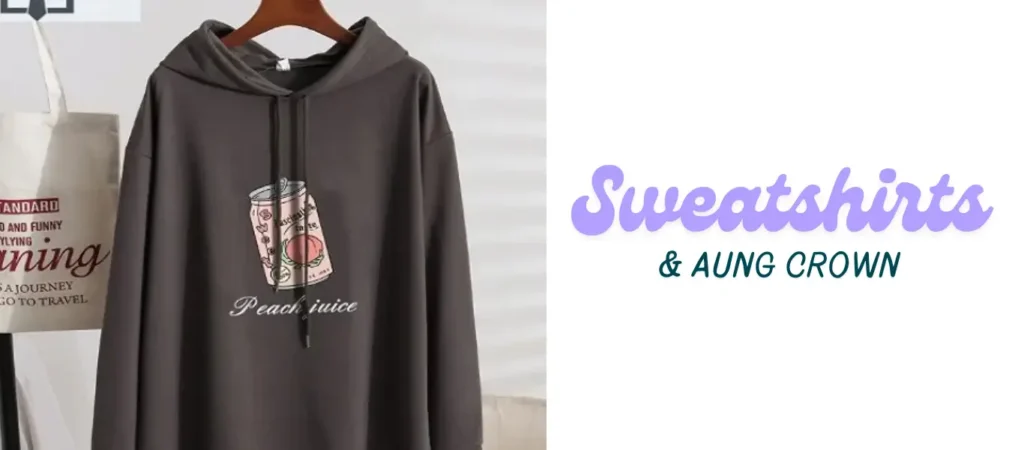
Sweatshirts are loose design, long-sleeved tops, also called hoodie, which are suitable for daily wear, causal occasions, or outdoor activities. Sweatshirts are also nice for keeping warmth, too.
3. Lolita Dresses
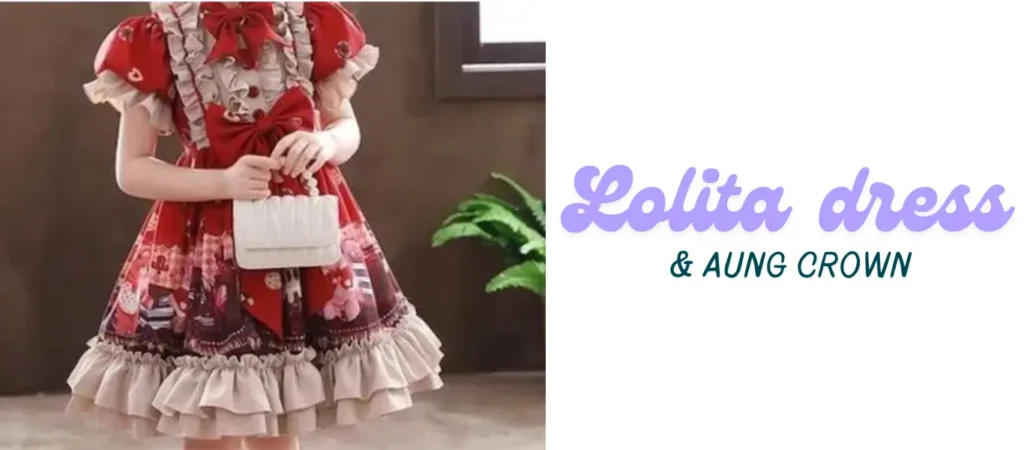
Lolita dresses emphasize romance, sweetness, and girly senses. Usually, Lolita dresses include tutu dresses/skirts and girly elements like pleated, lace, knot bows. Derived from the novel Lolita, it is a type of Japanese fashion culture.
4. Typesetting
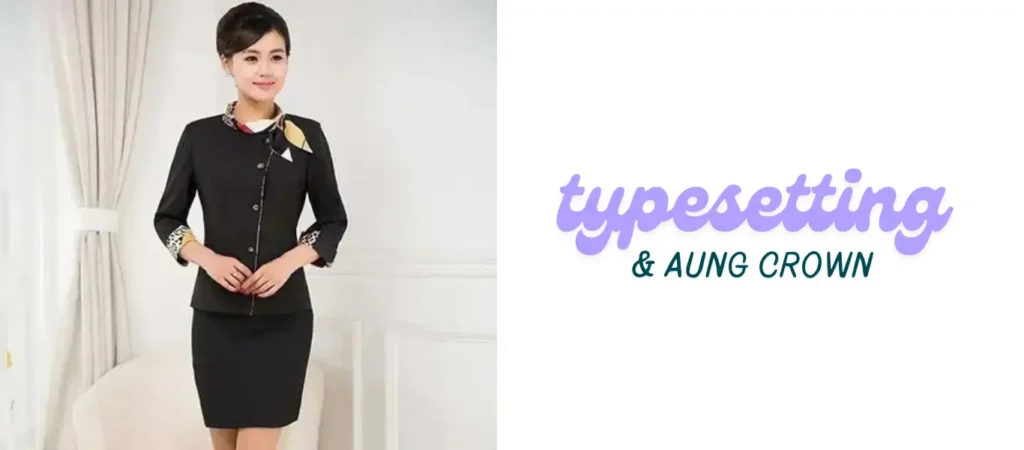
Typesetting is an important step during the production process, which means turning the original drawing from designers into a real measure paper template. It refers to acutely handles like size, tailor, and details.
5. Jackets

Jackets are lightweight coats and are usually used for keeping warmth, wind resistance, and fashion ornaments. Derived from the French – “Jaquette”, it means a short jacket that aristocratic wore in the mid-century in Europe.
6. Bras
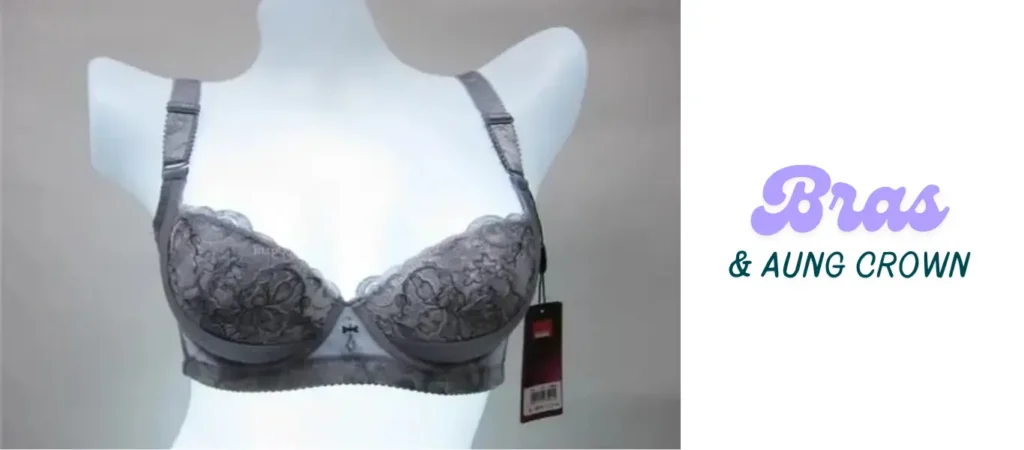
Bras means women’s underwear that is used to support, protect, and shape breast – an intimate apparel.
7. T-shirts
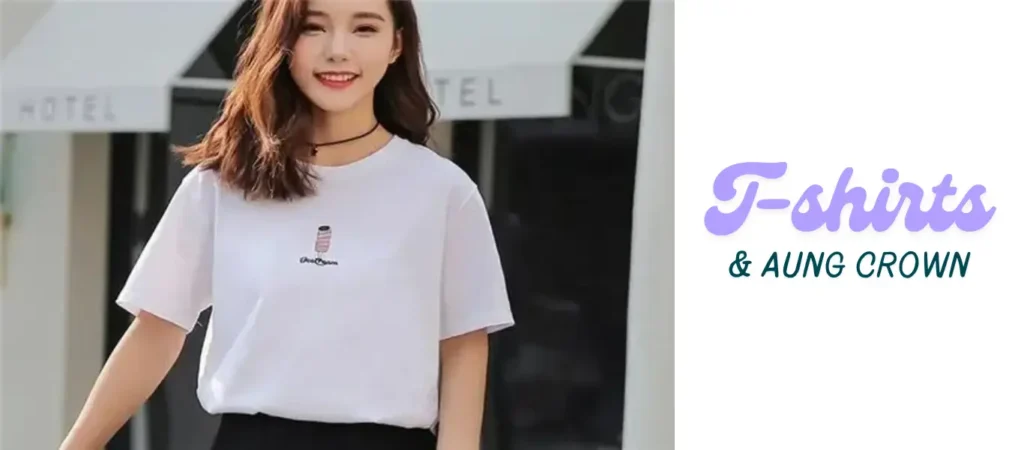
T-shirts, also called tees, are common tops that are usually made up of short sleeves and a round neckline, presenting T-shape tailoring. At the beginning, T-shirts were worn as intimate outfits and have gradually become outer casual pieces.
8. POLO Shirts
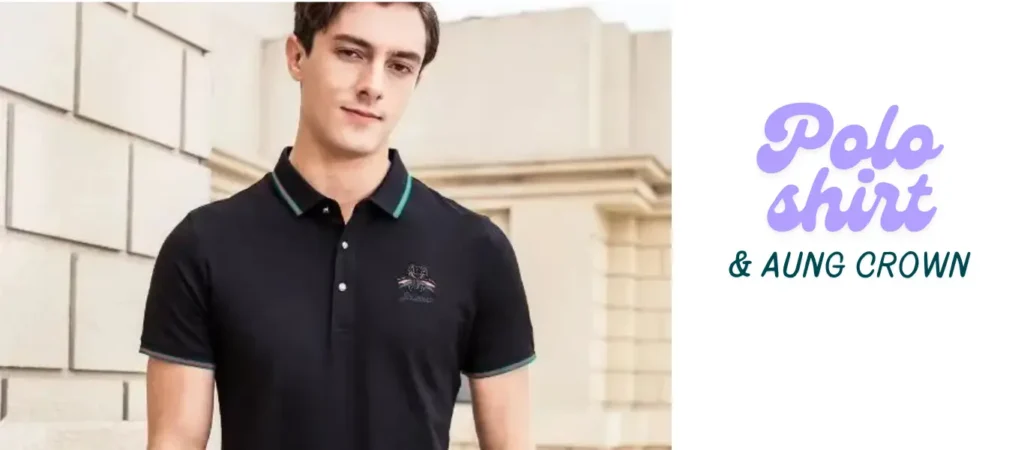
Polo shirts derived from the Polo in the UK, and Polo shirts are with a collar and short sleeves, which is convenient to move and keeps tidy. Nowadays, Polo shirts have become popular casual pieces – simple & cozy.
9. Pleated Skirts
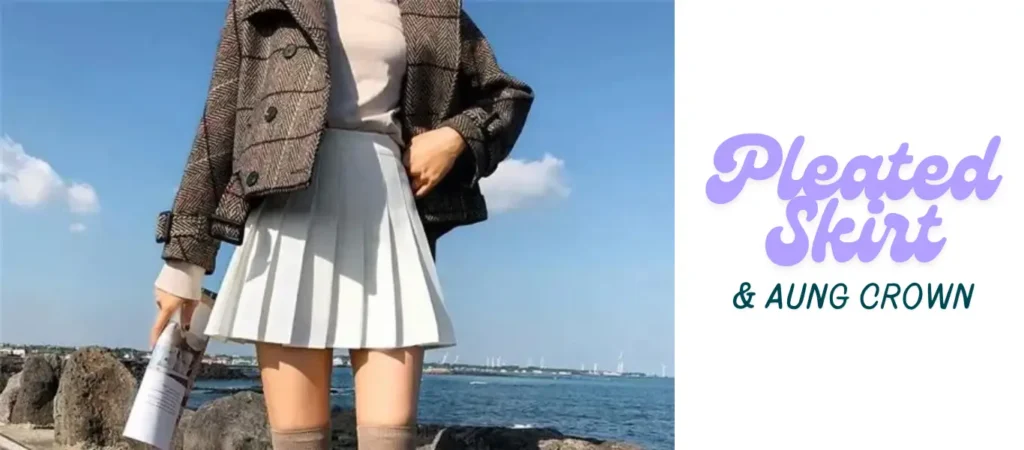
Pleated skirts are a type of skirt with full pleated designs, which form longitudinal folds or pleats. Such a design can add a sense of layering to the whole, making a pleated skirt more elegant and richer while wearing.
10. Hip Dresses
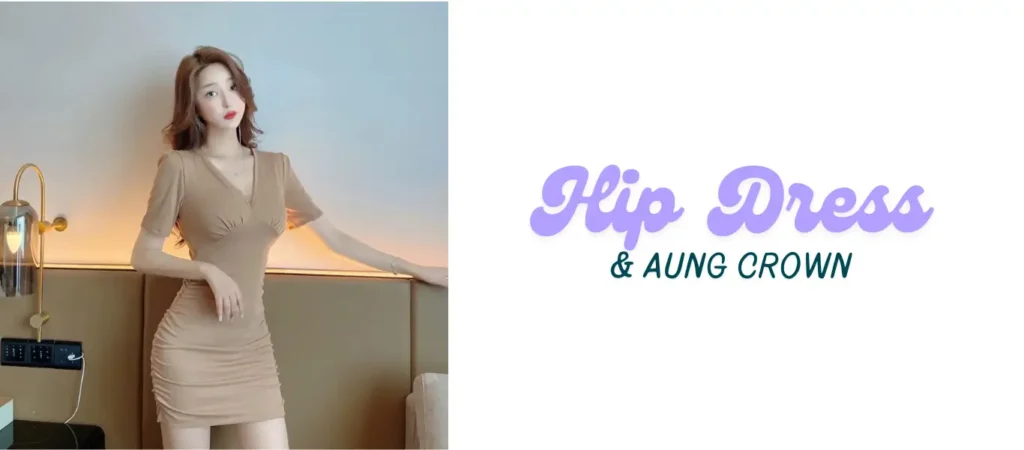
A hip dress, namely a dress that can cover the hip, are a tight-fitting short dress to enhance the waistline, making the wearer sexy and elegant. Usually, the length is about the middle of the thigh.
11. Foral Dress

A floral dress means a dress that has various floral patterns. Floral dresses can show various floral elements to create romantic, rustic, elegant, or stylish flairs, which is a pretty relaxed, buoyant piece.
Hereto, we stop the explosion of clothing. From clothing type to related terms, each part of clothing can help us better understand clothing – must-have in daily wear. Hope this blog can help you when you are in the part of clothing.
5. FAQs (Frequently Asked Questions)
1. Why is clothing wrinkled after washing?
Clothing is made from fibers (fiber is a long, thin, and silk substance, like silkworm). The friction, sterling, wetting, and drying during washing can make fibers stretched, pressed, and twisted. All these might lead clothing deformed to create wrinkles. For clothing that is easy to deform, please putting them in a laundry bag can reduce fiber friction and flat to dry, which can contribute to recovering and reducing wrinkles.
2. Why is clothing not wrinkled after washing?
Fibers like polyester and nylon are great at crease resistance and fiber structures are quite stable. So, clothing made from these fibers are not easy to get creased after washing. But natural fibers like cotton and linen are very easy to crease due to their special fiber structures.
3. Can I wear new clothes directly?
New clothes might have dust, chemical doses, and dirt. To get better hygiene and comfort, new clothes needs to be washed before wearing them. Sensitive skin people will be sensitive about the fabric or detergent, it’s better to wear your new clothes after washing them. For dark-colored clothes, it’s suggested to separate to wash from other light-colored clothes to avoid dying.
4. Why is clothing yellowing after storing for a long time?
Fibers and pigment of clothing explore in the air might yellowing because of oxidisation, particularly for natural fibers like cotton and linen. It’s very easy for them to oxidisate because of exploring in the air for a long time, leading the color to being darker. If clothes store in high-temperature, very humid, or unbreathable environment, it’s very prone to harbouring mould and bacteria, which can also cause clothing to turn yellow.
5. What’s dry cleaning?
Dry cleaning is a professional way that uses solvents to clean cloth and textile replacing using water to wash. Dry washing uses special organic solvents (e.g. chlorinated hydrocarbons), and these solvents can melt dirt without deforming clothing fibers. Clothing will be rotated in the washing machines to make these solvents fully touch and clean them.
